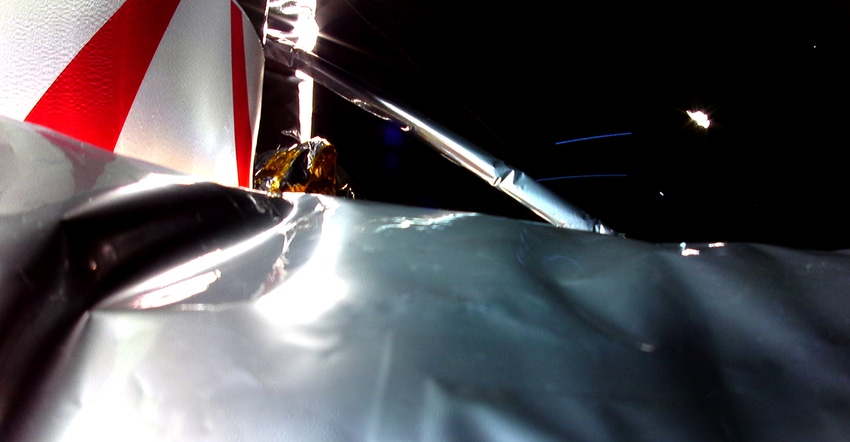The Vital Role of Rechargeable Batteries in Space Exploration
Peregrine Moon Lander faces mission risk as alignment issues hinder battery recharge.

After the launch of the Peregrine moon lander, Astrobotic Technology—A Pittsburgh-based company delivering affordable space robotics technology & planetary missions to the lunar surface—announced that the aircraft had presented a critical loss of propellant. This propulsion anomaly has prevented the aircraft from pointing the solar panels toward the sun to charge its secondary batteries, reaching operational low levels and risking the completion of the mission.
Despite these challenges, Astrobotic announced, "Nonetheless, the spacecraft’s battery is now fully charged, and we are using Peregrine’s existing power to perform as many payload and spacecraft operations as possible.” A subsequent update on the social media platform "X" conveyed optimism: "If the thruster can continue to operate, we believe the spacecraft could continue in stable sun-pointing state for approximately the next 40 hours, based on current fuel consumption.”
The Peregrine moon lander's recent propulsion anomaly underscores the critical role of rechargeable batteries in spacecraft and satellites. Astrobotic Technology faced a significant challenge when the loss of propellant hindered solar panel alignment, preventing the spacecraft from charging its secondary batteries. This threatened the mission's completion and showcases the importance of rechargeable batteries in maintaining mission functionality.
The situation highlights the resilience rechargeable batteries bring to space exploration. With the potential for continued stable sun pointing for the next 40 hours, these batteries become crucial for payload and spacecraft operations while overcoming unexpected obstacles and ensuring mission success. As space missions push boundaries, rechargeable batteries emerge as indispensable components, providing flexibility, adaptability, and the capability to address unforeseen challenges, ultimately shaping the future of lunar exploration and beyond.
About the Author(s)
You May Also Like





